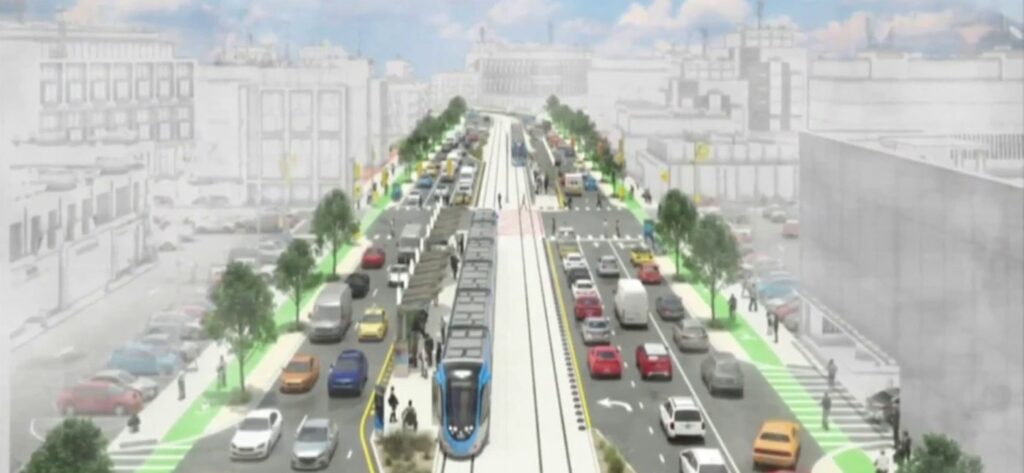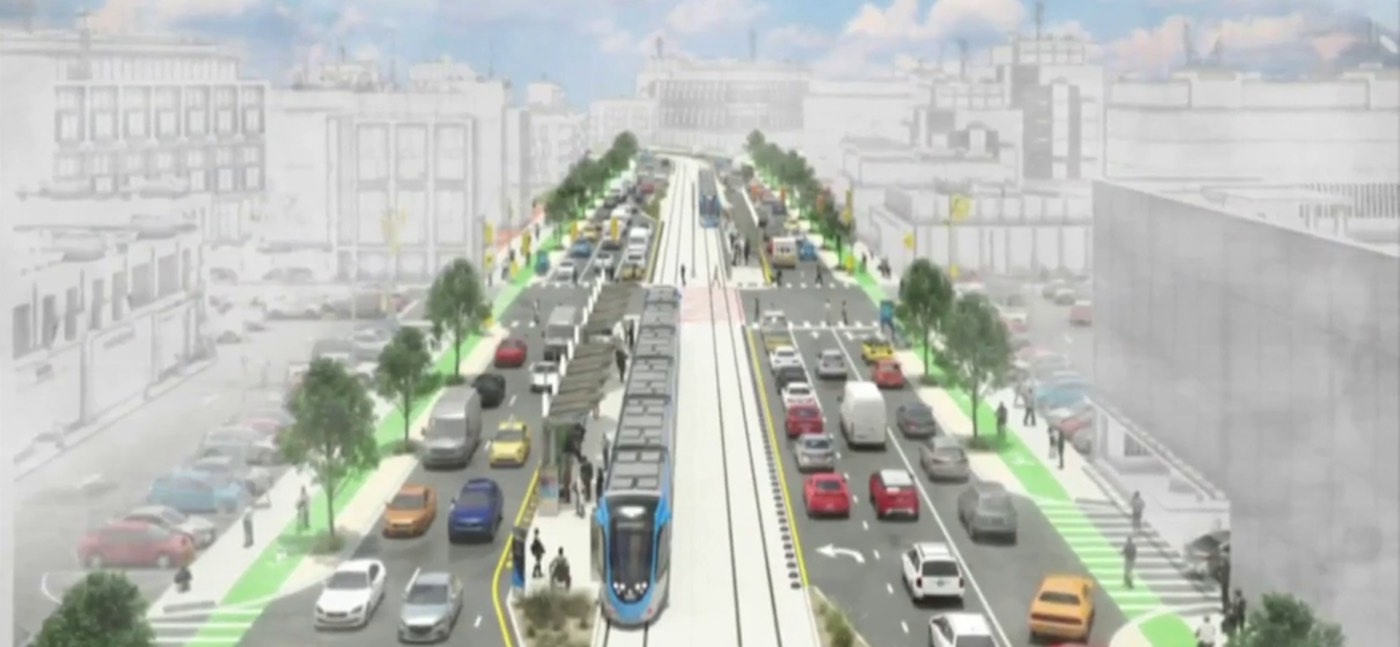The Texas state capitol of Austin is getting ready for a public transit revolution, with a $7 billion plan to reduce greenhouse gas emissions and traffic congestions by providing a variety of different transportation options and infrastructure to the citizens of one of the fastest growing cities in the country.

Along with a new rail system featuring 31 new stops, there will be four high-speed bus routes, neighborhood shuttle services that will take people to and from the stations, and new park and ride areas to encourage city motorists to use the new infrastructure.
“There were three main arguments that were made,” says Austin mayor Steve Adler. “One was congestion. One was climate change. One was mobility equity in our city.”
Proposition A, as it was voted on during the 2020 US Elections, also includes a $450 million plan for adding cycling and walking infrastructure—such as pedestrian bridges, bike lanes, sidewalks, and urban parks—all of which will be put together under the moniker of “Project Connect” that will feature experts in community planning, construction, and engineering, as well advisors from the CapMetro board. Together they will assemble on Jan 1st to work out the details of the program.
It’s go time
The new train stops will service North and South Austin, the airport, downtown, and Colony Park, and a map of the proposed service lines is available on the Capitol Metro website.
CHECK OUT: Tel Aviv to Become First City With Electric Road That Charges Public Transportation
Two previous ballot initiatives involving new transit programs had failed to pass, and Adler says this was a result of “intense public scrutiny and engagement.” The estimated number of cars removed from the streets that plague Austin city drivers with about 107 hours a year of heavy traffic, is currently around 250,000, enough to bring all forms of transport into better harmony with each other.
“It’s going to be a very liberating experience to access more of the city than you could before,” Adam Greenfield, a community, public space, pedestrian, and bicycle advocate based in Austin told Fast Company.
“Austin is a very car-oriented and car-dependent city. More and more people, and more and more leaders, are realizing that we actually need transportation choices.”
According to Peters, around 50% of motorists drive alone in Austin, a figure which the city government would like to see reduced.
Funding is to be raised by a new property tax and by federal carbon-reduction funding programs which will cover around 45% of construction costs according to multiple report.
RELATED: Downtown Sydney is Now Powered By 100% Renewable Energy Thanks to Historic Deal
Curious Austinites can see a comprehensive list of the new transit services here at the Austin Chronicle.
TAKE This News To The Road And Share It With Your Pals On Social Media…




















